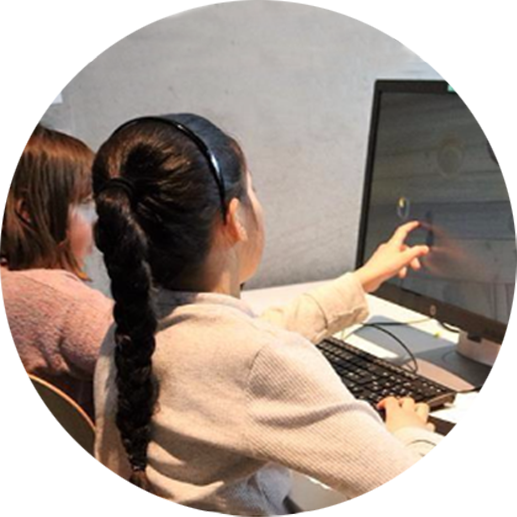 This is a challenge for archaeologists, historians and curators, but also for designers and developers working with developing virtual environments and serious games to convey CH. History is here made real by combining 3D models, simulations and various interfaces (web, desktop, mobile, virtual reality (VR) and augmented reality (AR)). The rationale behind conveying CH in serious games is that these games improve engagement, encourages curiosity, extends perception and motivates players to actively participate in their own learning.
This is a challenge for archaeologists, historians and curators, but also for designers and developers working with developing virtual environments and serious games to convey CH. History is here made real by combining 3D models, simulations and various interfaces (web, desktop, mobile, virtual reality (VR) and augmented reality (AR)). The rationale behind conveying CH in serious games is that these games improve engagement, encourages curiosity, extends perception and motivates players to actively participate in their own learning.
Well proven and adequate methods and guidelines for (re)constructing cultural heritage sites and monuments in serious games is lacking however, and especially when it comes to helping archaeologists, historians, curators, designers, developers and users work together to construct historically accurate experiences. These stakeholders have different opinions of what qualifies as an accurate historical experience and insufficient communication between them, have made the development of historically accurate and valid models of places, objects and activities a challenge.
This main aim of this project is therefore to develop a robust design methodology, with adequate guidelines and methods, informing how these different stakeholders should work together in designing, developing, using and improving historically accurate serious games to convey CH. The starting point for this work will be to explore the claim that coherent and true representation of CH in serious games require and depend on collaboration and mutual understanding between historians, game designers, game developers and users.
We define serious games as consisting of three layers; 1) the underlying model (the workings of the society that are represented by a site or monument), 2) the visual representation of the model (including its sites and monuments), and 3) how this model is made available to the user when playing the game. These layers need to be balanced well when designing serious games for it to become a meaningful experience. It is possible to see however, that the historian may have more stakes in getting the underlying model right, that the designers and developers have more stakes in creating the virtual representation and lastly that the users have stakes in spending their time well – playing the game should be fun and become a meaningful experience (and by this to learn the history of historical sites and monuments).
